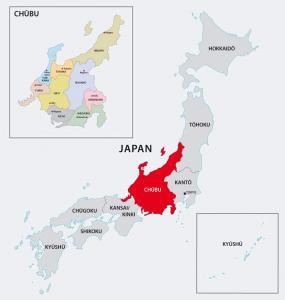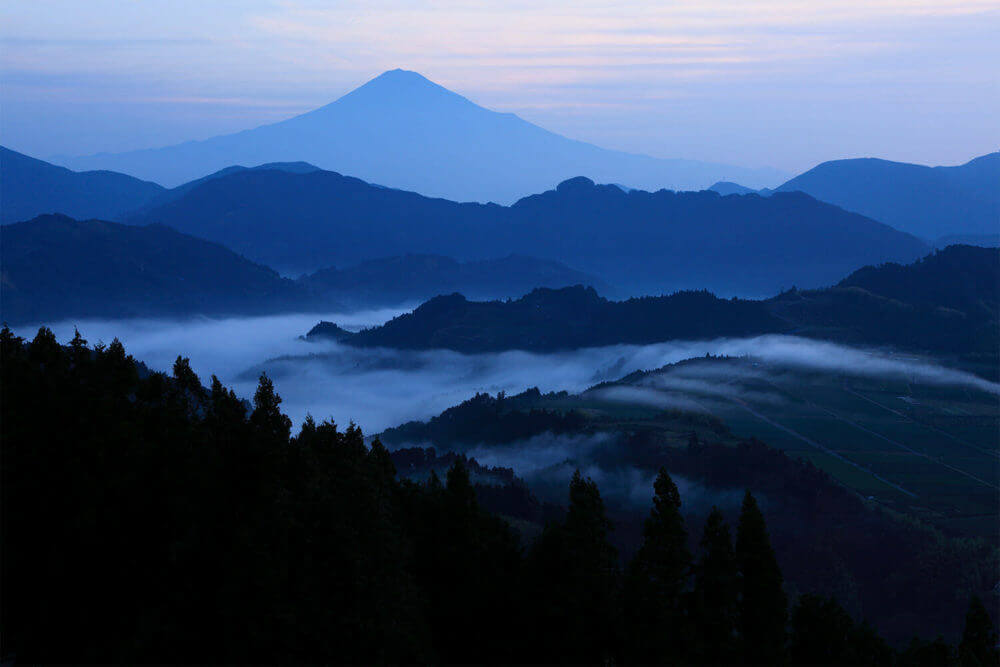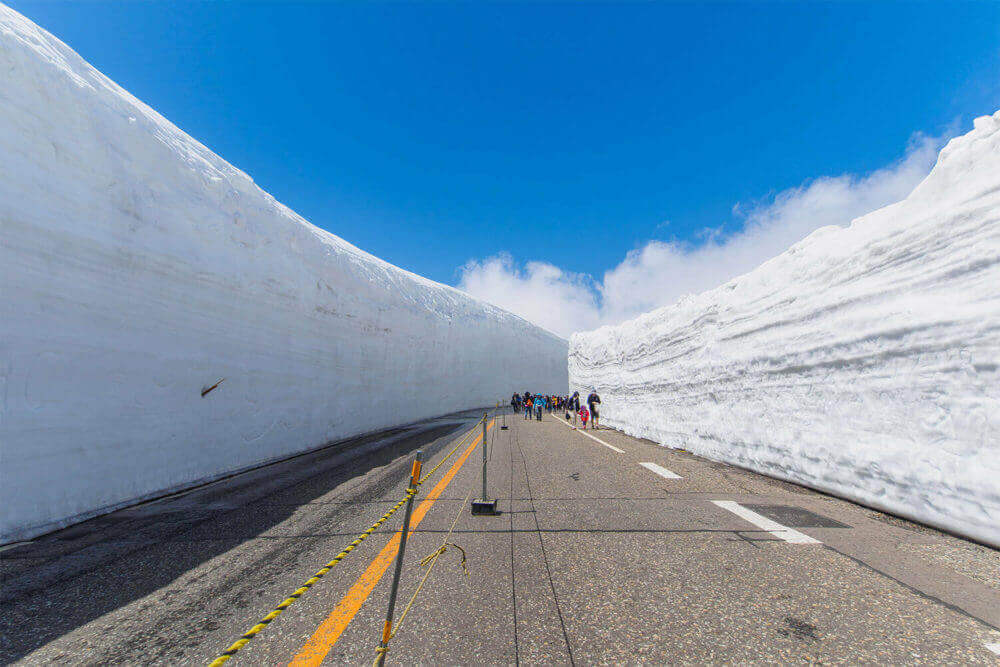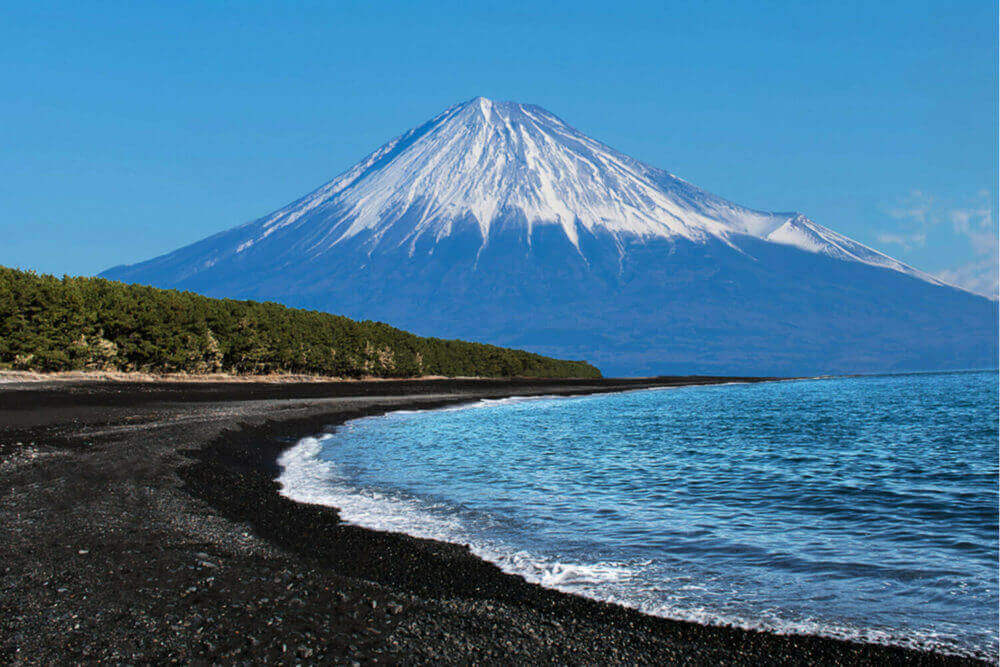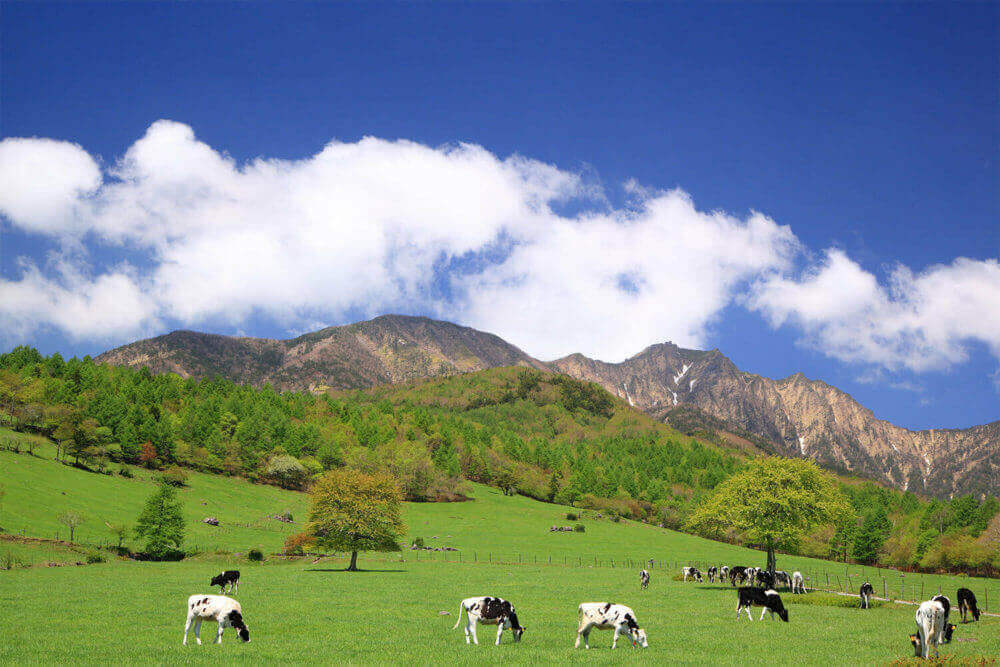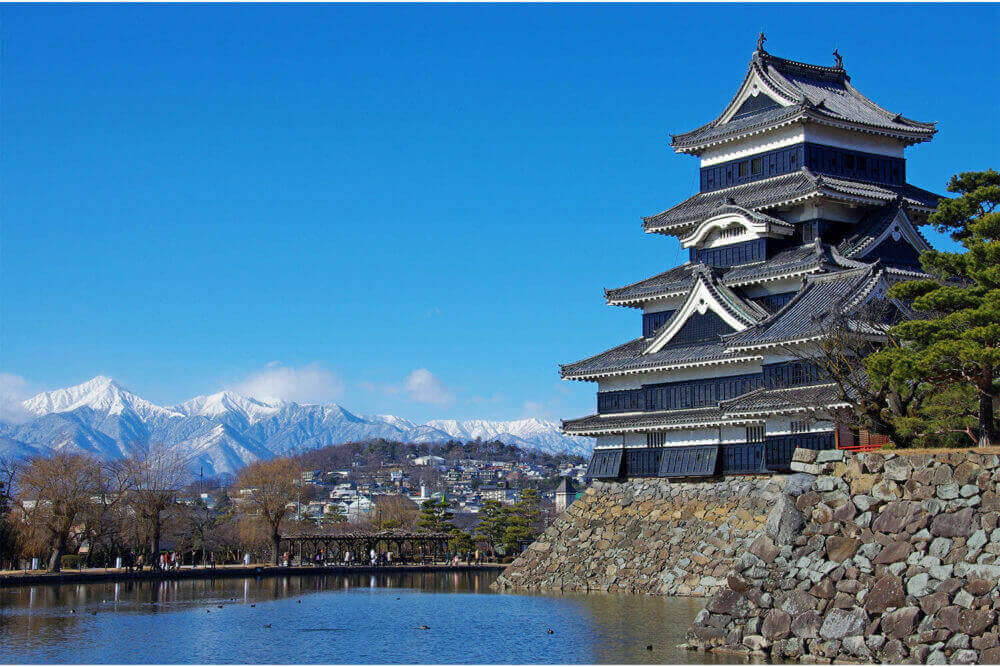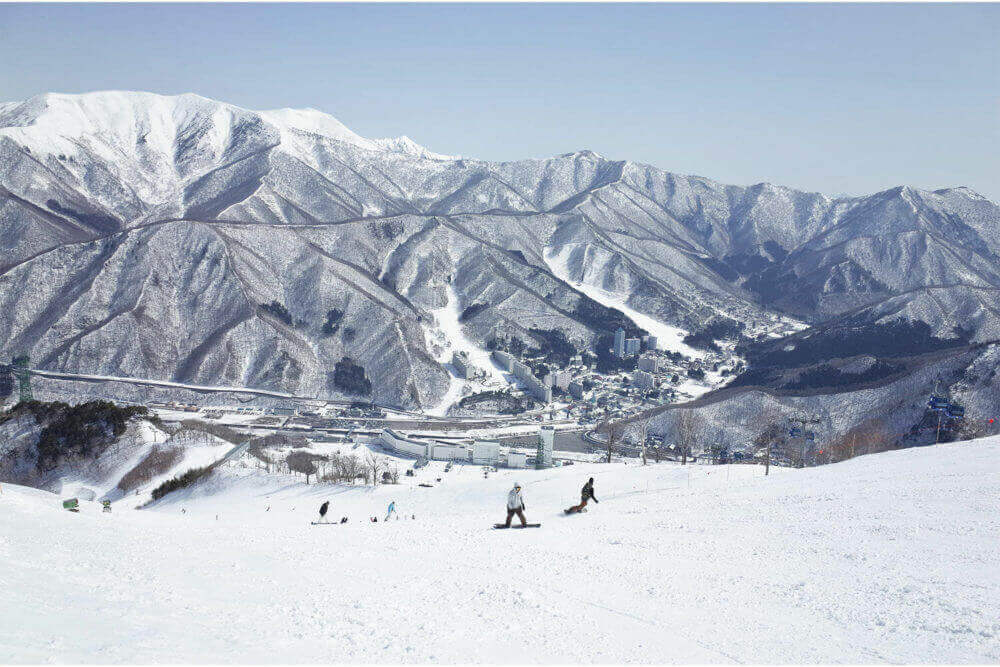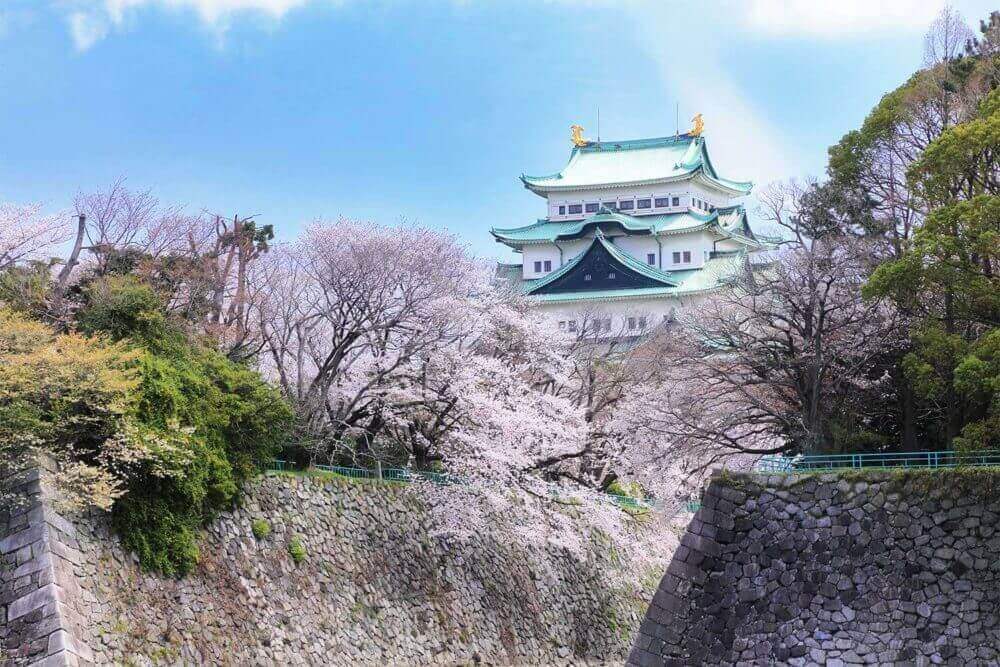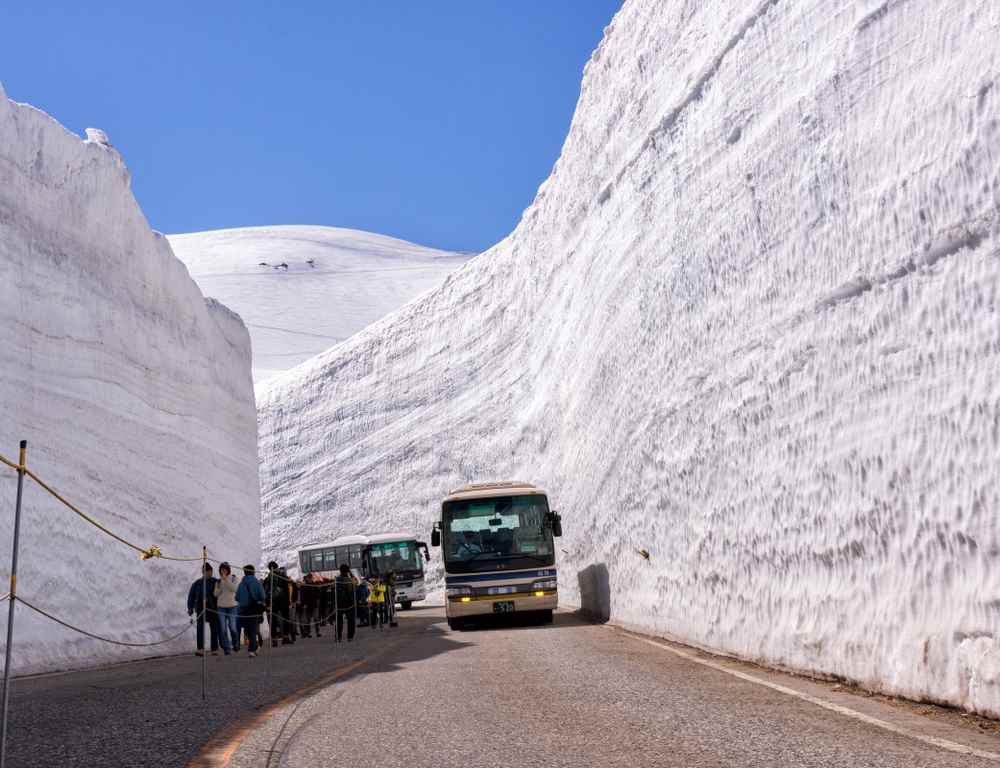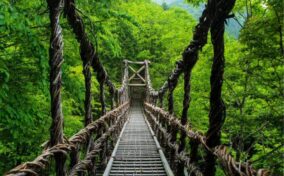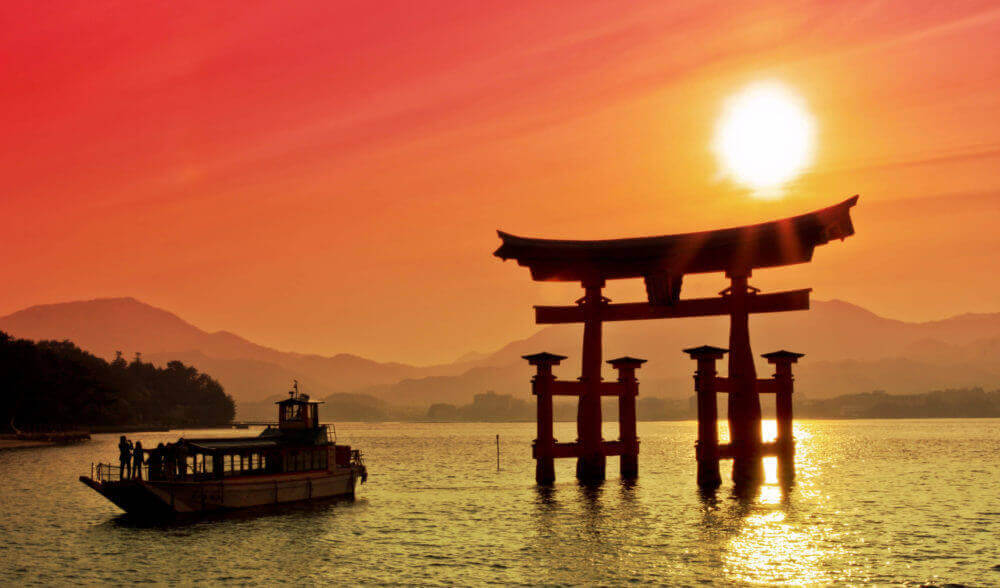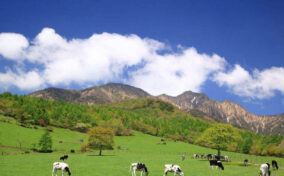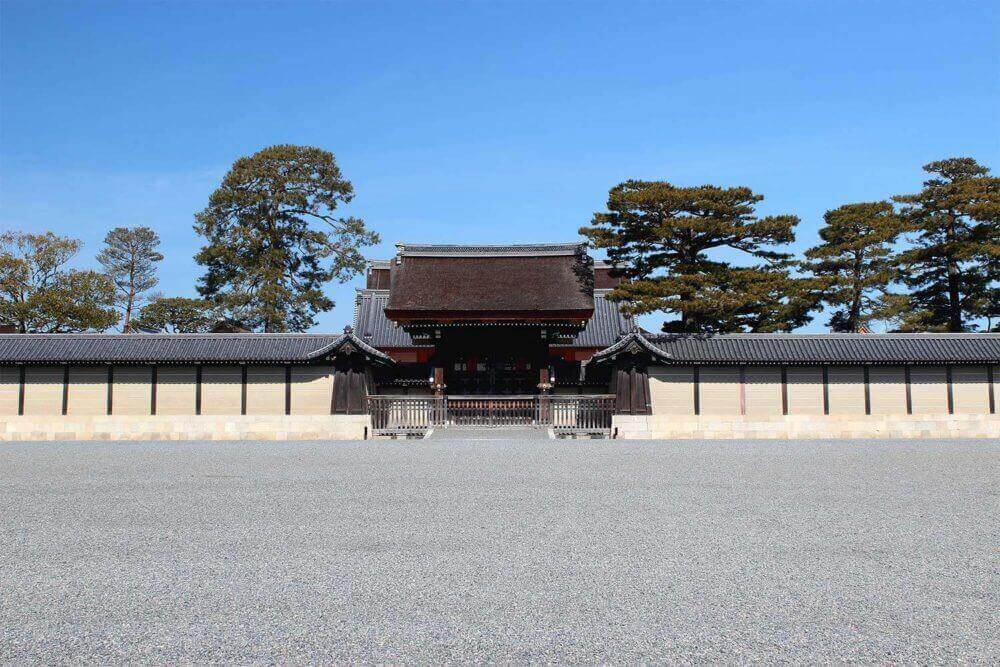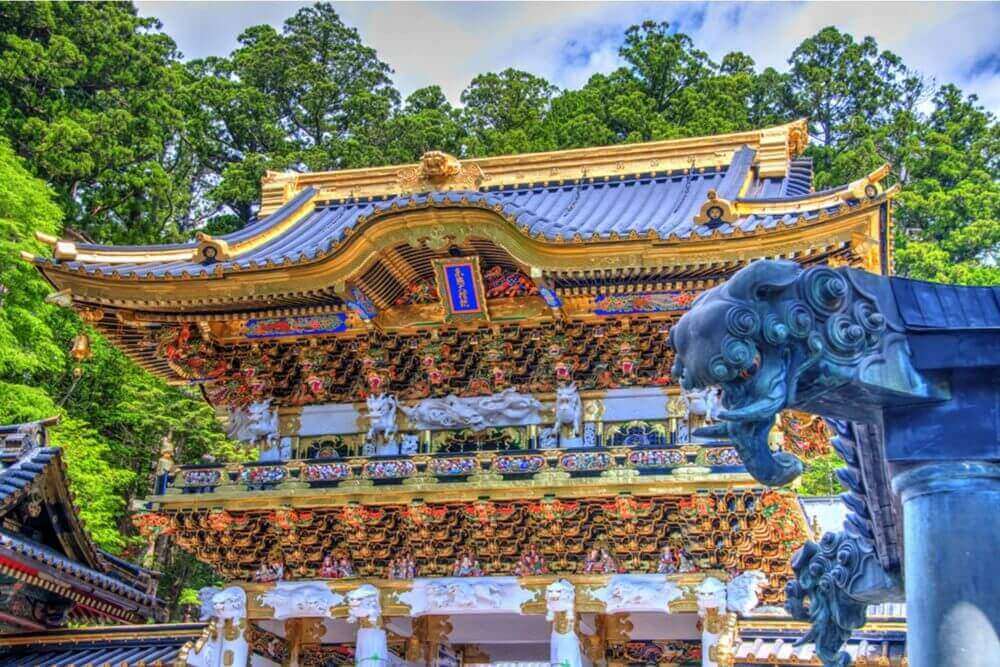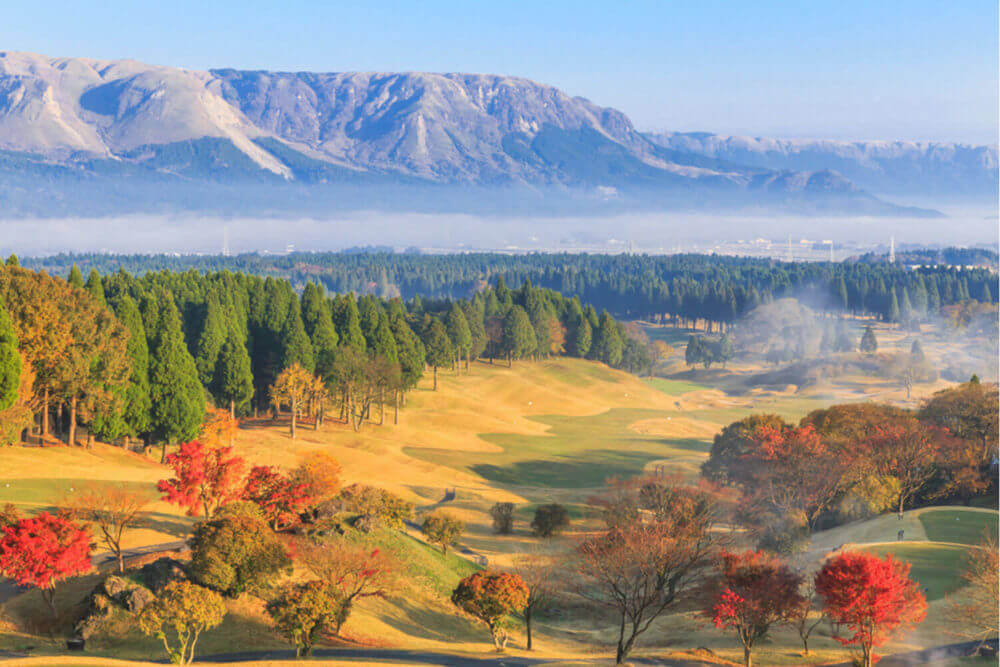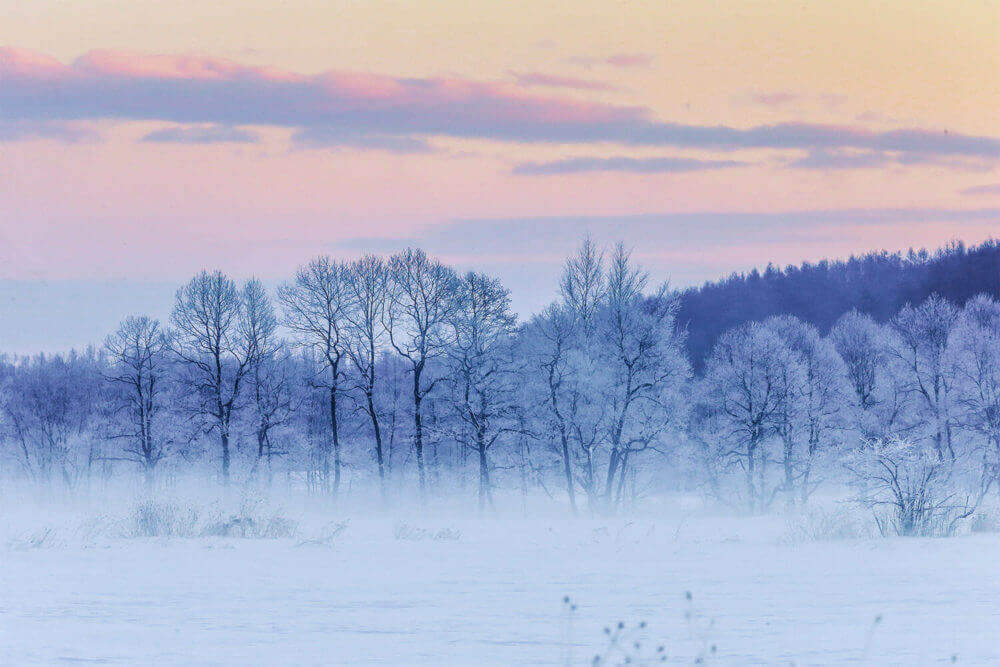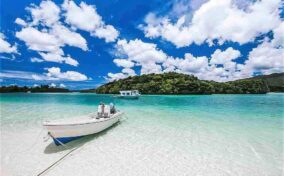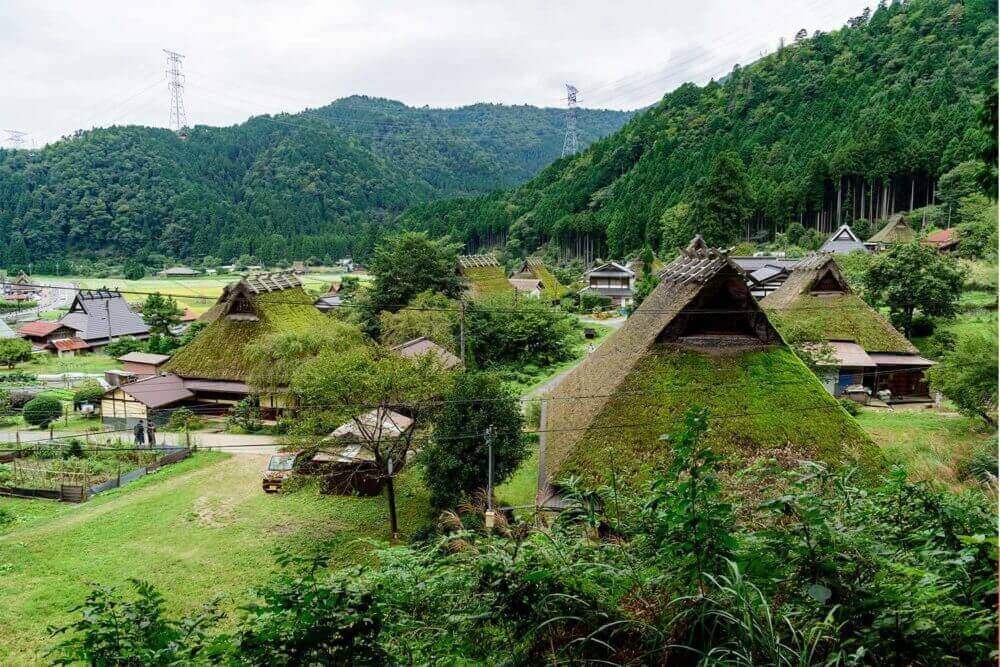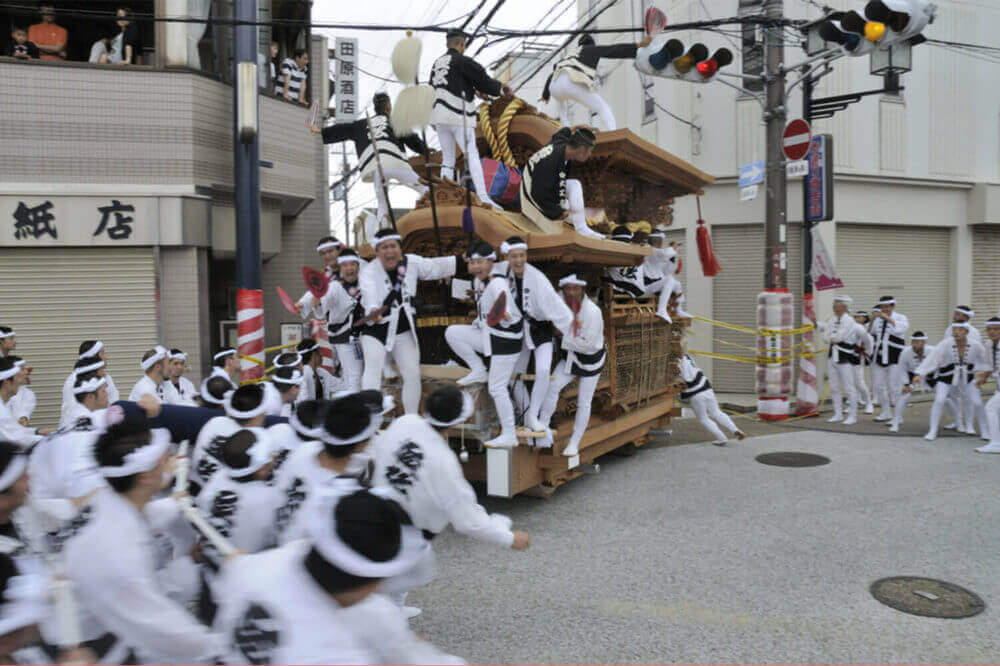The Chubu region of Japan refers to the central region of the Japanese archipelago. In this area, there are many sightseeing spots that represent Japan, such as Mt. Fuji, Matsumoto, Tateyama, Hakuba, Takayama, Shirakawa-go, Kanazawa, and Ise. It can be said that the Chubu region is home to many of Japan’s diverse attractions. On this page, I would like to introduce a travel guide for the Chubu region.
Table of Contents
Outline of Chubu Region
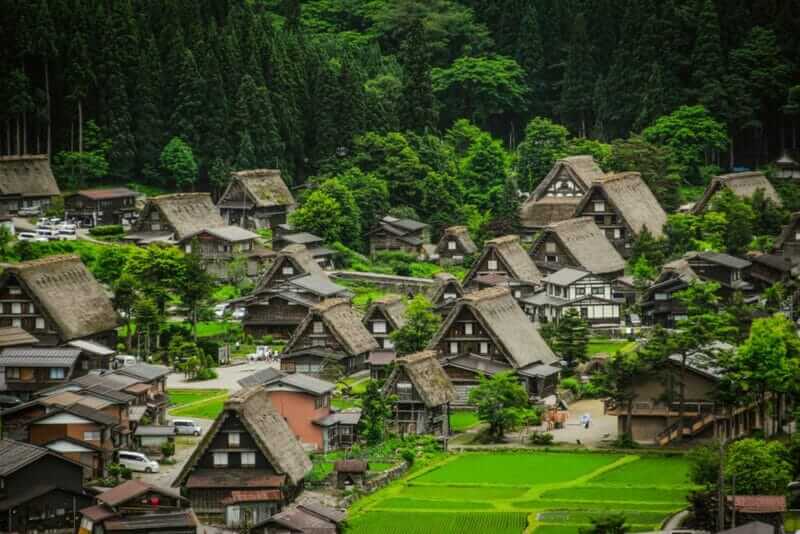
Gassho-zukuri houses in Gokayama Village. Gokayama has been inscribed on the UNESCO World Heritage List due to its traditional Gassho-zukuri houses, alongside nearby Shirakawa-go in Gifu Prefecture = shutterstock
There are various ways to divide the Chubu region. However, if I divide it too finely here, you may find it hard to understand. So let me simply divide it into three areas on this site.
In the middle of the Chubu region there is a mountain area with the highest altitude in Japan. So, I will introduce the Chubu region by dividing it into the following three areas according to the mountainous area.
Mountainous area
A steep mountainous area called “Japan Alps” is spreading in the inland part of the Chubu region. There are villages in the various basins in this mountainous area.
Mountain resort area
In the Japanese Alps you can enjoy various activities throughout the year. From spring to autumn you can hiking while watching the beautiful mountains. And in winter you can ski and snowboard. Typical resort areas in mountainous areas include Hakuba, Tsugaike Kogen, Shiga Kogen, Myoko, Karuizawa, Naeba, Joetsu Kokusai, Tateyama etc.
Traditional cities and villages
The basins dotted in mountainous areas have the towns and villages where traditional Japanese wooden buildings are preserved. The scenery of the mountains you see from these towns and villages is also wonderful. The most popular town is Matsumoto. And the most popular villages are Shirakawago and Gokayama.
Climate and Weather
These mountainous areas are cool in the summer and extremely cold in the winter. The basins are hot in the summer and cold in the winter. In the north there is a lot of snow. The northern mountainous areas and the surrounding basin are heavy snow areas.
Pacific Ocean side
On the south side of the mountainous region (Pacific Ocean side), the plains are spreading. The plains have been developed since long ago. So, here are the big cities such as Nagoya, Shizuoka, Hamamatsu, Gifu, Tsu etc Nagoya city has a huge Nagoya castle. In Ise city, Mie prefecture, Ise Jingu Shrine from ancient times is very popular. On the south side there is Ise Shima where the sea is very beautiful.
The area on the Pacific Ocean side is hot in the summer and relatively rainy. And in winter, there are many sunny days, it is relatively cold.
Mt. Fuji
There is not such a high mountain on the Pacific Ocean side. However, MT. Fuji is located here. Mt.Fuji is an astoundingly beautiful mountain that exists independently on the Pacific side where there are many people from the past. That’s why the popularity is prominently high, it has been regarded as a special existence.
Japan Sea side
The plains of the Japan Sea side have cities such as Niigata, Toyama, Kanazawa and Fukui. Compared with Nagoya and Shizuoka on the Pacific Ocean side, industrialization has been relatively delayed since the 20th century. Therefore, there are many cities where old traditional cityscape remains. Especially in Kanazawa many streets of the Edo era are left.
The Japan Sea side is famous for snowing a lot in the winter. The traditional streets covered in white with snow are very beautiful. In winter, the fish and crabs captured in the Sea of Japan are amazingly delicious! There is less rain in the summer than on the Pacific Ocean side. Just being hot is the same.
Recommended articles about Chubu Region
Welcome to Chubu!
Please visit each area of the Chubu region. Where would you like to go?
Shizuoka Prefecture
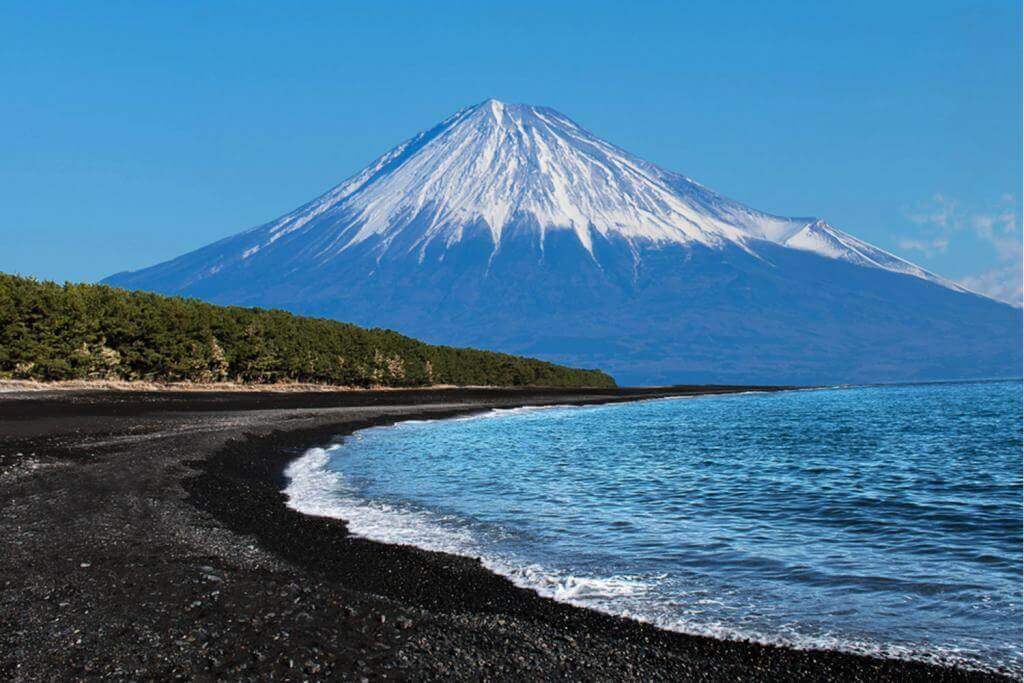
Miho no matsubara is a black beach with Fuji mountain.A famous place for sightseeing = Shutterstock
Shizuoka prefecture is located on the Pacific Ocean side between Tokyo and Nagoya. On the east side of Shizuoka prefecture there is Mt.Fuji between Yamanashi Prefecture. When you ride the Shinkansen from Tokyo to Kyoto, you can see Mt.Fuji in the window on the right. Mt.Fuji seen from the Shinkansen is behind the factories in Shizuoka prefecture. Perhaps you are disappointed that Mt. Fuji is with the factories. However, Mt. Fuji has been in history with the people of the Pacific Ocean side. And Mt. Fuji is blessed with plentiful water to the factories on the Pacific side. Please understand that Mt.Fuji is such a familiar mountain. If you want to see Mt. Fuji surrounded by rich nature, it may be good to see it from Yamanashi Prefecture on the north side.
Yamanashi Prefecture

Cow of the Mt. Yatsugatake highlands, Yamanashi, Japan = Shutterstock
Yamanashi Prefecture is located on the north side of Mt. Fuji. Mt.Fuji seen from Yamanashi prefecture’s Kawaguchiko and Lake Motosu etc. is very beautiful. Kofu city with prefectural office is located in the basin which is famous as grape and wine producing area. On the north side are mountains of Japanese Alps such as Mt. Yatsugatake.
Nagano Prefecture
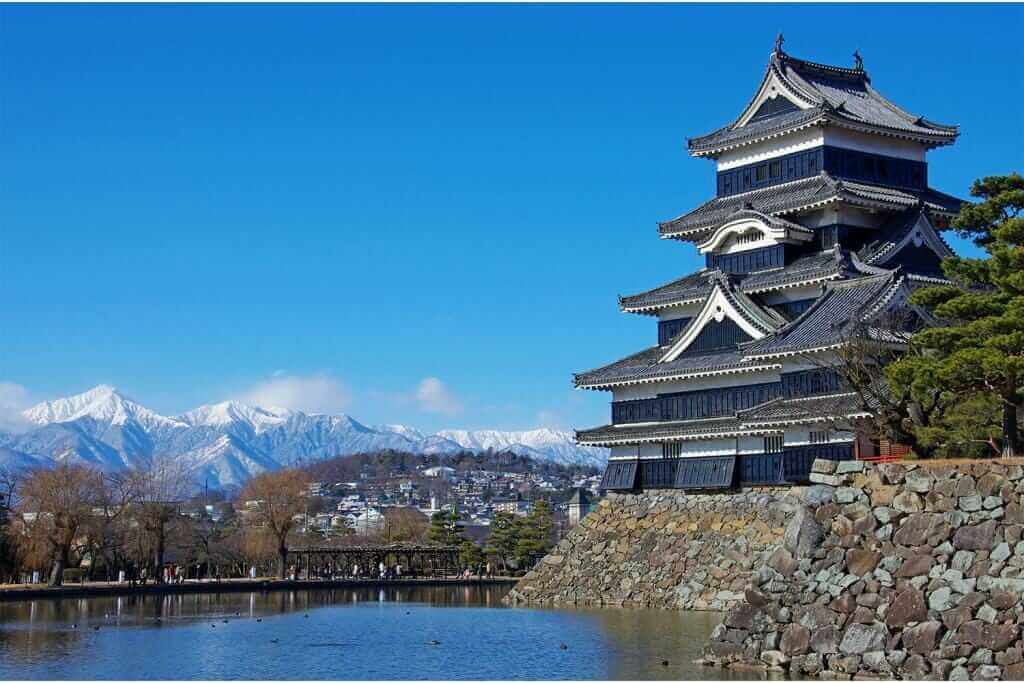
Matsumoto Castle is one of Japan’s premier historic castles, along with Himeji Castle and Kumamoto Castle = Adobe Stock
There are many steep mountains of the Japanese Alps in Nagano Prefecture. Basins are scattered among these mountains. There are towns such as Nagano, Matsumoto and Suwa in these basins. Located on the north side of Nagano Prefecture, Hakuba is a worldwide ski resort comparable to Niseko in Hokkaido.
Nigata Prefecture
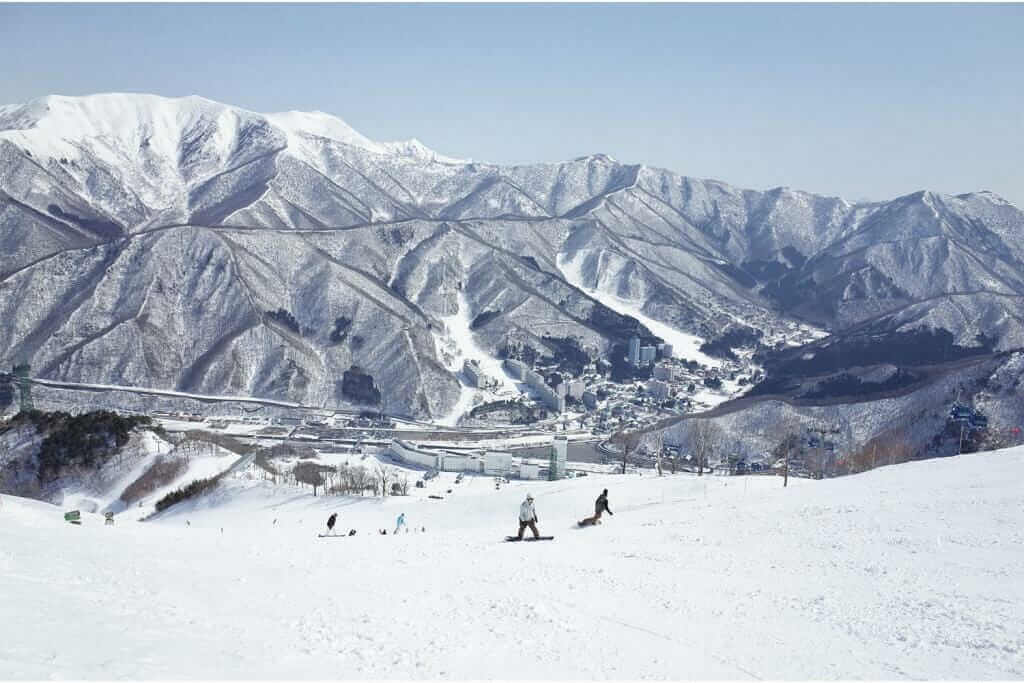
Naeba Ski resort, Nigata, Japan = Adobe Stock
Niigata prefecture faces the Sea of Japan. In the winter, wet clouds come from the Sea of Japan side, hit the mountains and let the snow fall. So the mountain side of Niigata prefecture is known as a heavy snowfall area. On the mountain side of Niigata prefecture there are huge ski resorts such as Naeba, Jyoetsu Kokusai and so on. You can easily go there from the Tokyo station by Joetsu Shinkansen. The snow quality is slightly damper than Hakuba and Niseko.
Aichi Prefecture
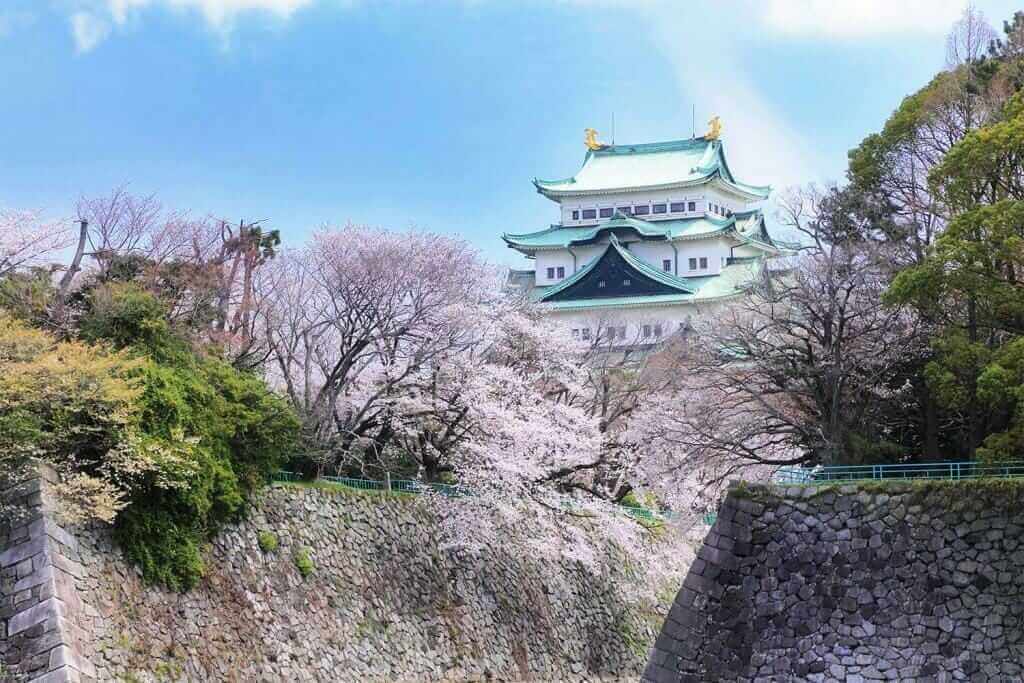
Nagoya Castle, Aichi Prefecture, Japan = Adobe Stock
Aichi Prefecture is on the Pacific Ocean side. In the center is Nagoya City. Nagoya is the largest city in the Chubu region. In the era of the shogunate, the Tokugawa family ruled this area directly. Nagoya Castle that was built at that time is a huge castle comparable to the Imperial Palace (Edo castle), Osaka Castle, Himeji Castle and so on.
Gifu Prefecture

World Heritage Site Shirakawago village and Winter Illumination = Shutterstock
Gifu prefecture is located in the west side of Aichi prefecture. Gifu prefecture is divided into Mino Aria on the south side and Hida area on the north side. There are towns such as Gifu city and Ogaki city in Mino. On the other hand, steep mountainous areas are spreading in Hida like Nagano Prefecture. Here are famous Takayama and Shirakawago. The north of Shirakawago is Toyama Prefecture. There is Gokayama known as a beautiful village with Shirakawago.
Mie prefecture
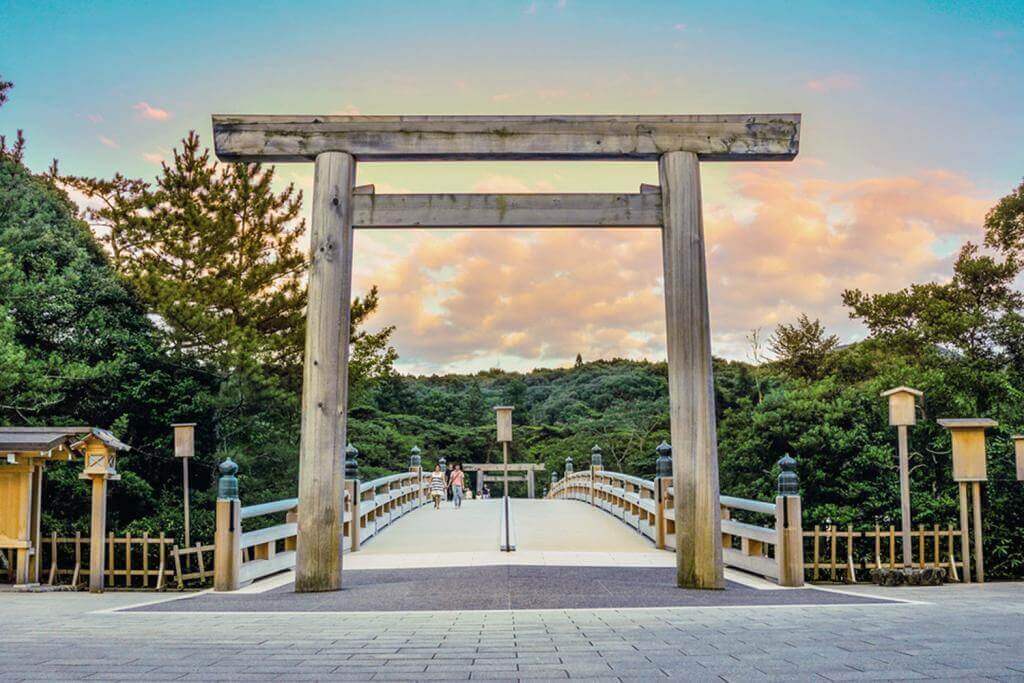
Scenery of the Ise Grand Shrine in the sunset, Mie Prefecture , Japan = Shutterstock
Mie prefecture is located in the south of Aichi prefecture. Here is the famous Ise shrine. To the south there is Ise Shima known for culturing pearls. Mie prefecture also has “Nagashima Resort” with hot springs, amusement parks, outlet malls and others. At Nabana no Sato near the Nagashima resort, you can enjoy the largest illumination in Japan.
Toyama Prefecture

People are walking at Tateyama Kurobe Alpine Route the snow mountains wall at Kurobe alpine , Beautiful landscape with blue sky background. Toyama city, Japan = Shutterstock
Toyama prefecture is on the Sea of Japan side. Toyama prefecture is often called “Hokuriku region” together with Ishikawa prefecture and Fukui prefecture. You can see the Tateyama mountain range in the northernmost part of the Japanese Alps, even from the city center of Toyama city. Every year, snow falls tremendously in the Tateyama mountain range. When spring comes, as the picture above shows, the snow is removed and the bus starts to pass. You can get on the bus and go to see the snowy wall.
Ishikawa Prefecture
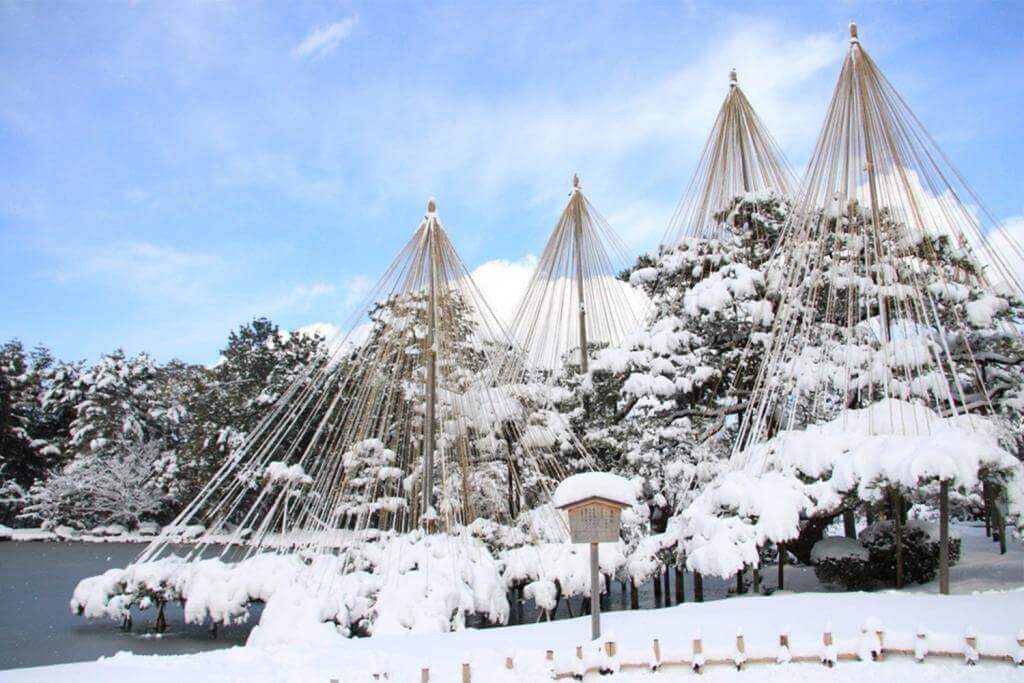
Japanese traditional garden “Kenrokuen” in Kanazawa, Japan during Winter time = Shutterstock
Ishikawa Prefecture faces the Sea of Japan. Ishikawa Prefecture, together with Toyama Prefecture and Fukui Prefecture, is often called “Hokuriku Region”. Kanazawa city with the prefectural office in Ishikawa prefecture is the biggest tourist city in the Hokuriku region. Traditional Japanese townscapes and stunning Japanese gardens “Kenrokuen” are left here. The above picture is the Japanese garden “Kenrokuen” of Kanazawa. At Kenrokuen, in the winter, branches are hung with rope as seen in the picture so that the branches of the trees will not break with the weight of the snow.
Fukui Prefecture
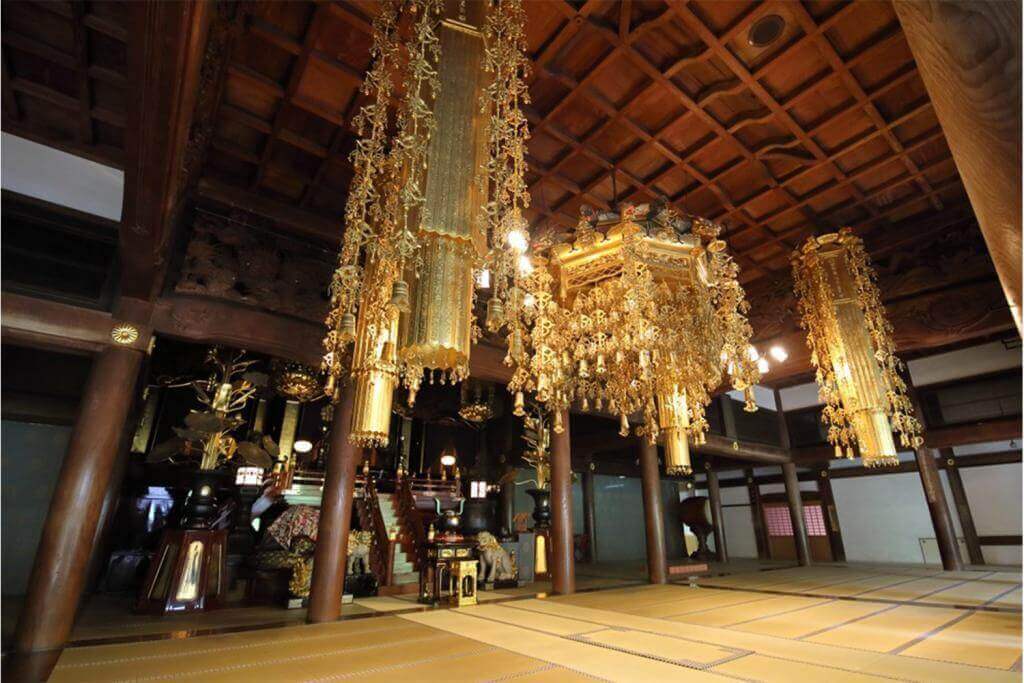
Eiheiji temple Fukui Japan. Eiheiji is one of two main temples of the soto school of Zen Buddhism, the largest single religious denomination in Japan = Shutterstock
Fukui prefecture also faces the Sea of Japan. Fukui Prefecture is often called “Hokuriku Region” together with Kanazawa Prefecture and Toyama Prefecture. In Fukui Prefecture there is an old big temple named “Eiheiji”. Here you can experience Zazen meditation. Fukui prefecture is a place where many bones of dinosaurs are excavated. The dinosaur museum is popular with children.
Thank you for reading to the end.
>>For more information and to see the tour program, click here!
Now, let’s plan to make your vacation in Japan the best experience ever!

